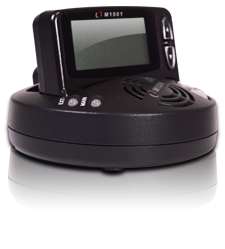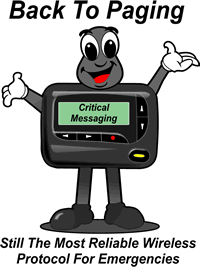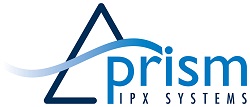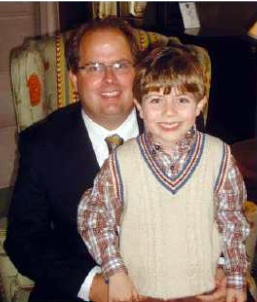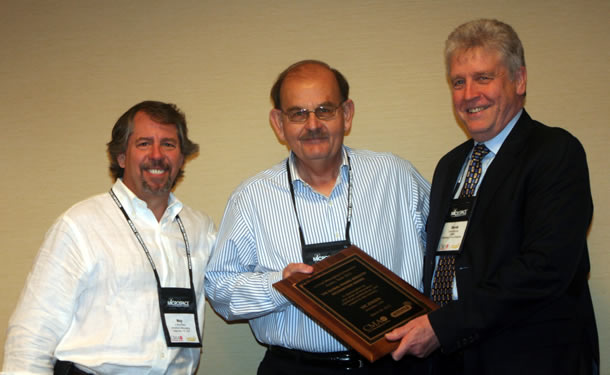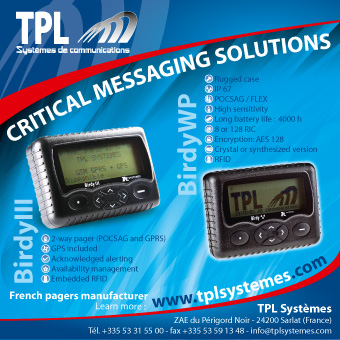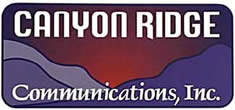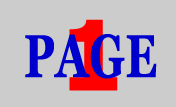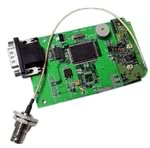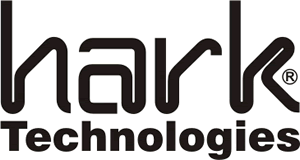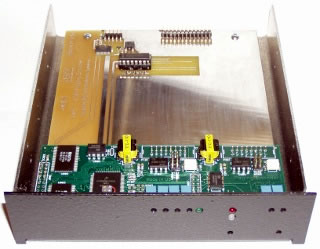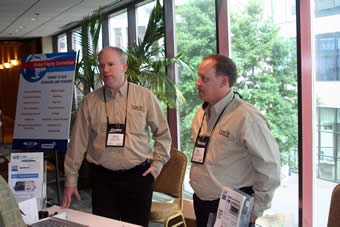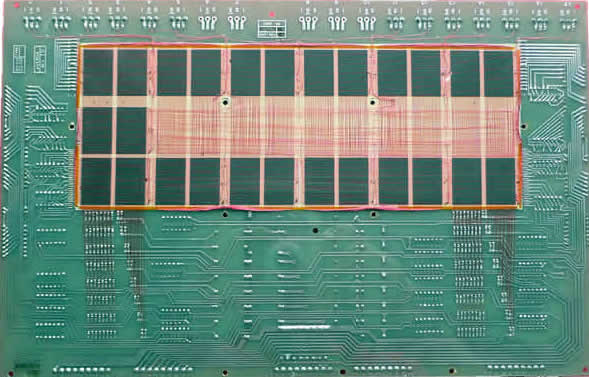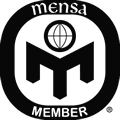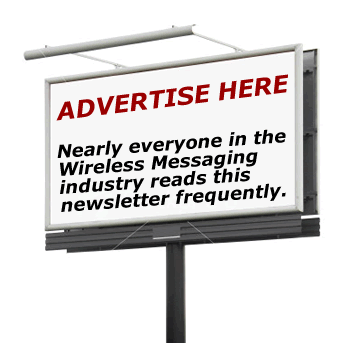Selected portions of the BloostonLaw Private Users Update, a newsletter from the Law Offices of Blooston, Mordkofsky, Dickens, Duffy & Prendergast, LLP are reproduced in this section with the firm's permission. 
Mobile Alert Service to Start April 7 FCC Sets May 15 as Deadline for Non-participating Carriers to Notify Customers On April 7, 2012, Commercial Mobile Service providers will begin to offer Commercial Mobile Alert System (CMAS) service to their customers. CMAS alerts will appear on your cellphone, PCS phone or similar mobile device, warning of emergency conditions. Because CMAS is a voluntary program, not all CMS providers currently intend to provide CMAS service or do not intend to provide CMAS service throughout their entire service areas. However, if your service provider does not intend to participate in the alert system, you should be notified. In particular, the FCC’s Public Safety and Homeland Security Bureau (PSHSB) has initiated a 60-day period during which commercial mobile service (CMS) providers that have elected not to transmit CMAS alerts, in whole or in part throughout their service areas, must comply with the customer notification requirements. Accordingly, affected CMS providers must provide the requisite notice to their customers no later than May 15, 2012 . The FCC’s rules require that all CMS providers electing not to participate must provide clear and conspicuous notice to new subscribers of their non-election or partial election at the point of sale. The point of sale includes stores, kiosks, third party reseller locations, web sites, and any other venue through which the CMS provider markets and sells its devices and services. CMS providers must provide clear and conspicuous notice to existing subscribers of their non-election or partial election by means of an announcement amending the existing subscriber’s service agreement. All CMS providers not serving all geographical areas within their service areas must provide notice of partial election to their subscribers. Notices must take into account the needs of people with disabilities.  FCC Releases Final Assessment On Antenna Registration; Says Further Rulemakings On Tap The FCC’s Wireless Telecommunications Bureau (WTB) has completed a Final Programmatic Environmental Assessment (PEA) of the FCC’s Antenna Structure Registration (ASR) program under the National Environmental Policy Act (NEPA). WTB conducted the PEA in compliance with the U.S. Court of Appeals for the District of Columbia Circuit’s decision in American Bird Conservancy v. FCC, in which the court held, among other things, that the Commission must perform a programmatic analysis of the impact on migratory birds of registered antenna structures. Under the ASR program, owners of antenna structures that are taller than 200 feet above ground level or that may interfere with the “glide slope” of a nearby aircraft landing area (airport or heliport) must register those structures with the Commission. The antenna structure owner must obtain painting and lighting specifications from the Federal Aviation Administration (FAA) and include those specifications in its registration prior to construction. The ASR program allows the Commission to fulfill its statutory responsibility to require painting and lighting of antenna structures that may pose a hazard to air navigation. The PEA assesses the potential environmental effects, and particularly the effects on migratory birds, of several alternative courses of action. These alternatives include making no changes to the Commission’s current environmental compliance procedures, as well as several alternatives that would expand the circumstances under which an environmental assessment (EA) is required for an individual tower. The PEA also considers the possibility that the FAA may revise its permitted lighting configurations in a manner that would reduce the impacts of lighting on migratory birds. The PEA finds that the environmental impact of the ASR program would not be significant at the national level under any of the alternatives considered. The potential for significant impacts to populations of migratory birds, Bald Eagles, or Golden Eagles at the local level would vary depending on the course of action ultimately adopted by the Commission. WTB intends in the near future to recommend to the Commission a Further Notice of Proposed Rulemaking (FNPRM) in WT Docket Nos. 08-61 and 03-187 inviting comment on what actions the Commission should take to comply with NEPA in light of the analysis in the final PEA. At the conclusion of the rulemaking, based on the findings and possible actions taken therein, the Commission will either issue a Finding of No Significant Impact or initiate further environmental processing. Pending the conclusion of the rulemaking proceeding, ASR applicants must continue to prepare Environmental Assessments (EAs) where required under the Commission’s existing rules. Furthermore, the Commission recently adopted an additional interim EA requirement to protect migratory birds, which will become effective following its approval by the Office of Management and Budget (OMB). Under this interim procedure, an EA will be required for any proposed new tower over 450 feet in height above ground level, for replacement or modification of an existing tower over 450 feet in height that involves a substantial increase in size, or for certain delineated changes in lighting to a tower over 450 feet in height. It is this interim rule change that BloostonLaw has challenged. In the recently adopted Order on Remand, the Commission also instituted a pre-application local and national environmental notification process so that members of the public will have a meaningful opportunity to comment on the environmental effects of proposed antenna structures that require registration with the Commission. The revisions to FCC Form 854 to incorporate the environmental notification process, as well as the interim EA requirement, are subject to approval by OMB. The Wireless Telecommunications Bureau will publish in the Federal Register a notice announcing OMB's approval of these requirements and the effective date of the process. In addition, before the rules take effect, the Wireless Telecommunication Bureau will issue a Public Notice providing technical details about the process for submitting the pre-filing notification. BloostonLaw has filed a petition for reconsideration of certain aspects of the new requirements, as previously reported.  FCC Warns Consumers That Jamming Devices Are Illegal The FCC has issued an Enforcement Advisory to warn consumers that it is illegal to use or import jamming devices. In recent days, the Commission said, there have been various press reports about commuters using cell phone jammers to create a “quiet zone” on buses or trains. The FCC said it is cautioning consumers that it is against the law to use a cell or GPS jammer or any other type of device that blocks, jams or interferes with authorized communications, as well as to import, advertise, sell, or ship such a device. The FCC Enforcement Bureau has a zero tolerance policy in this area and will take aggressive action against violators. The Commission said that jammers do not just weed out noisy or annoying conversations and disable unwanted GPS tracking. Jammers can prevent 911 and other emergency phone calls from getting through or interfere with police and other law enforcement communications. For example, the FCC said, the recent use of a cell phone jammer in an office building disrupted communications of a nearby Fire Department. When Enforcement Bureau agents investigated the incident, they found that an accountant who apparently did not want to be disturbed during the busy tax season was using a small, inexpensive cell jammer inside his office. But, the jammer was disrupting critical public safety communications outside his building as well. In another recent instance, the FCC said, a high school teacher used a jammer in his classroom. Responding to a complaint, Enforcement Bureau agents tracked the device to a locked cabinet in the metal shop. Unknown to the teacher, the Commission said, the jammer was blocking all teachers, students, and staff throughout the school from making any calls, including emergency calls, and it could have had tragic consequences.  FCC Seeks Comment On Defining “CMRS” For Purposes Of Assessing Local Fees The FCC’s Wireless Telecommunications Bureau (WTB) seeks comment on NextG Networks of California, Inc.’s Petition for Declaratory Ruling asking the Commission to interpret Section 20.3 of the rules in response to a referral from the Superior Court of Arizona, County of Maricopa. In the state court litigation, NextG Networks is challenging the City of Scottsdale, Arizona’s authority to impose fees for use of public rights-of-way. Petitioner asks the Commission to find that it is not a provider of commercial mobile radio service (CMRS) as defined in Section 20.3 of the Commission’s rules. Such a finding could potentially exempt NextG Networks from local fees under Arizona law. The outcome of this matter could impact certain for-profit Part 90 private carriers who may otherwise become subject to the proposed local fees. | 
